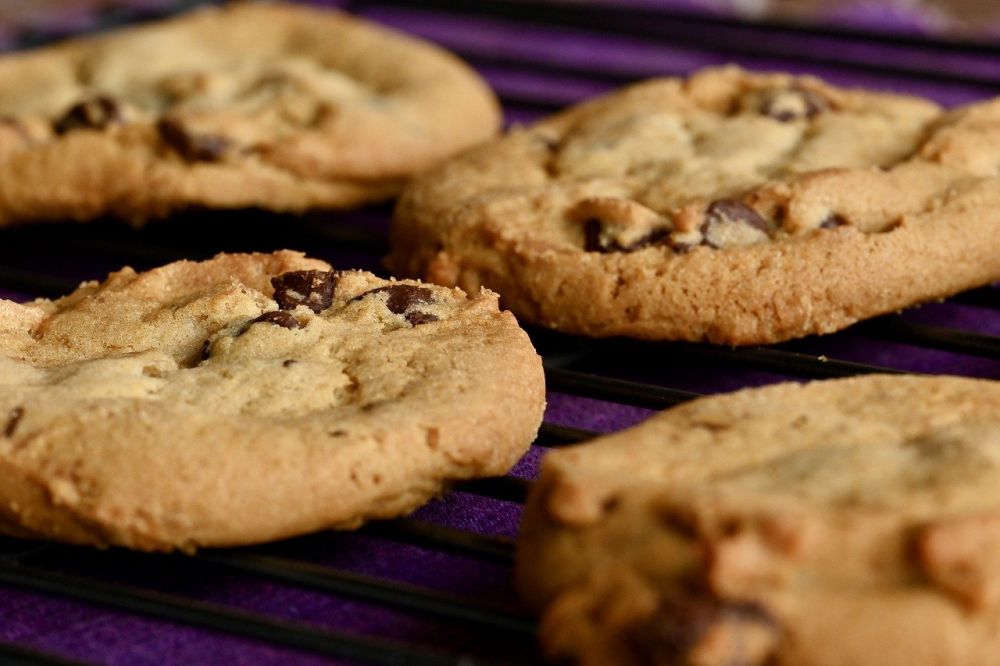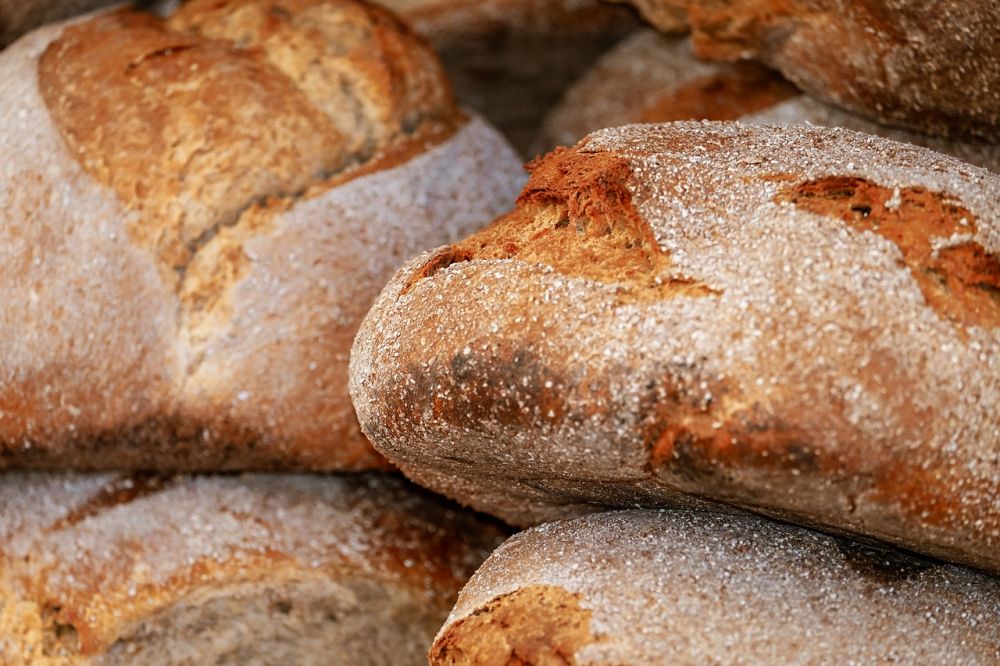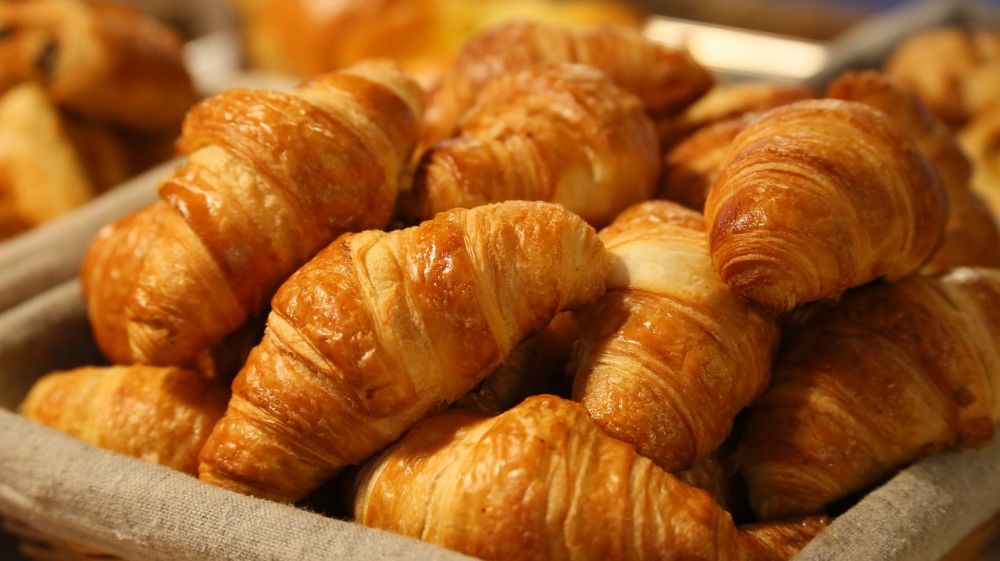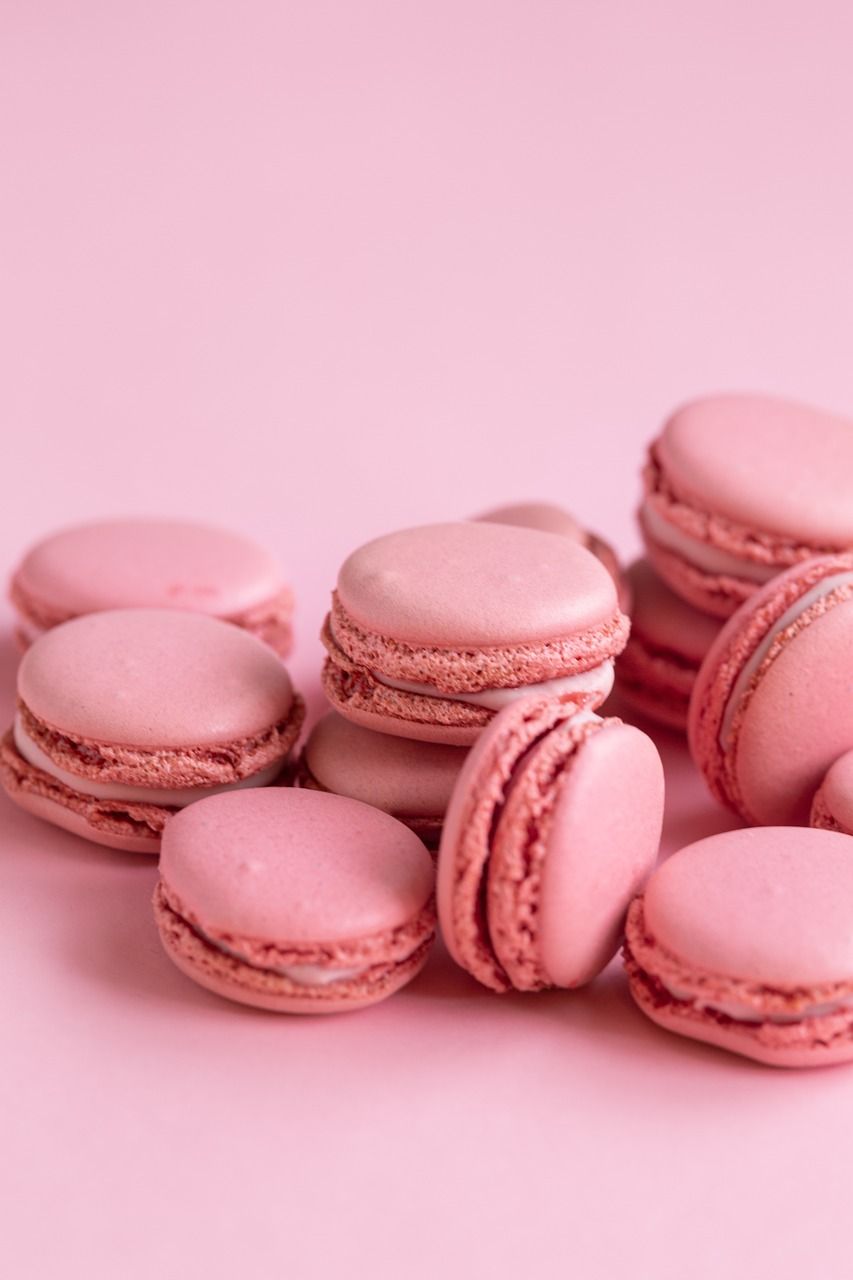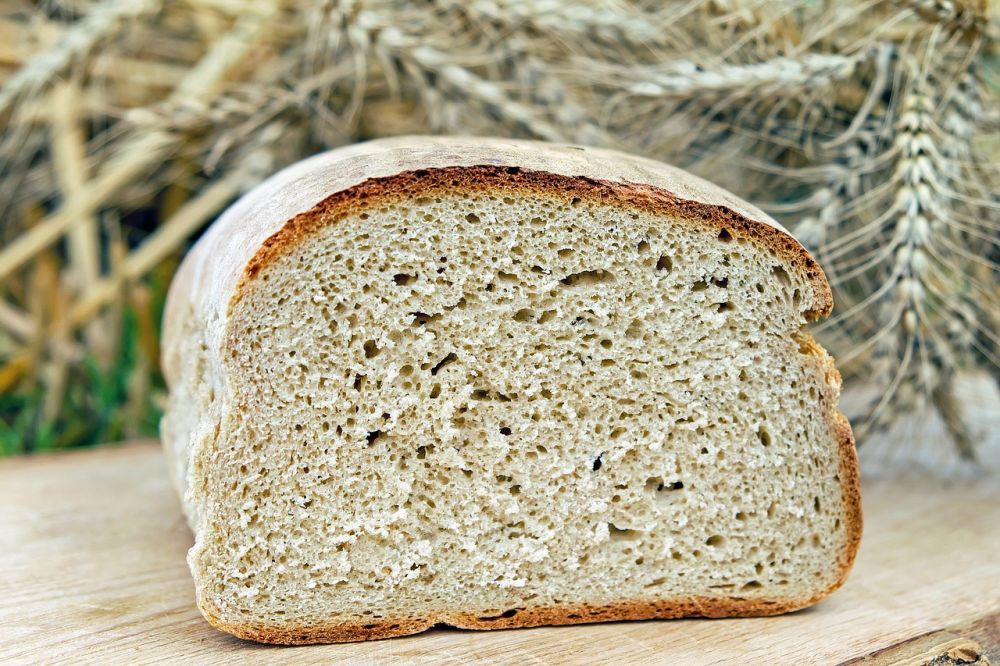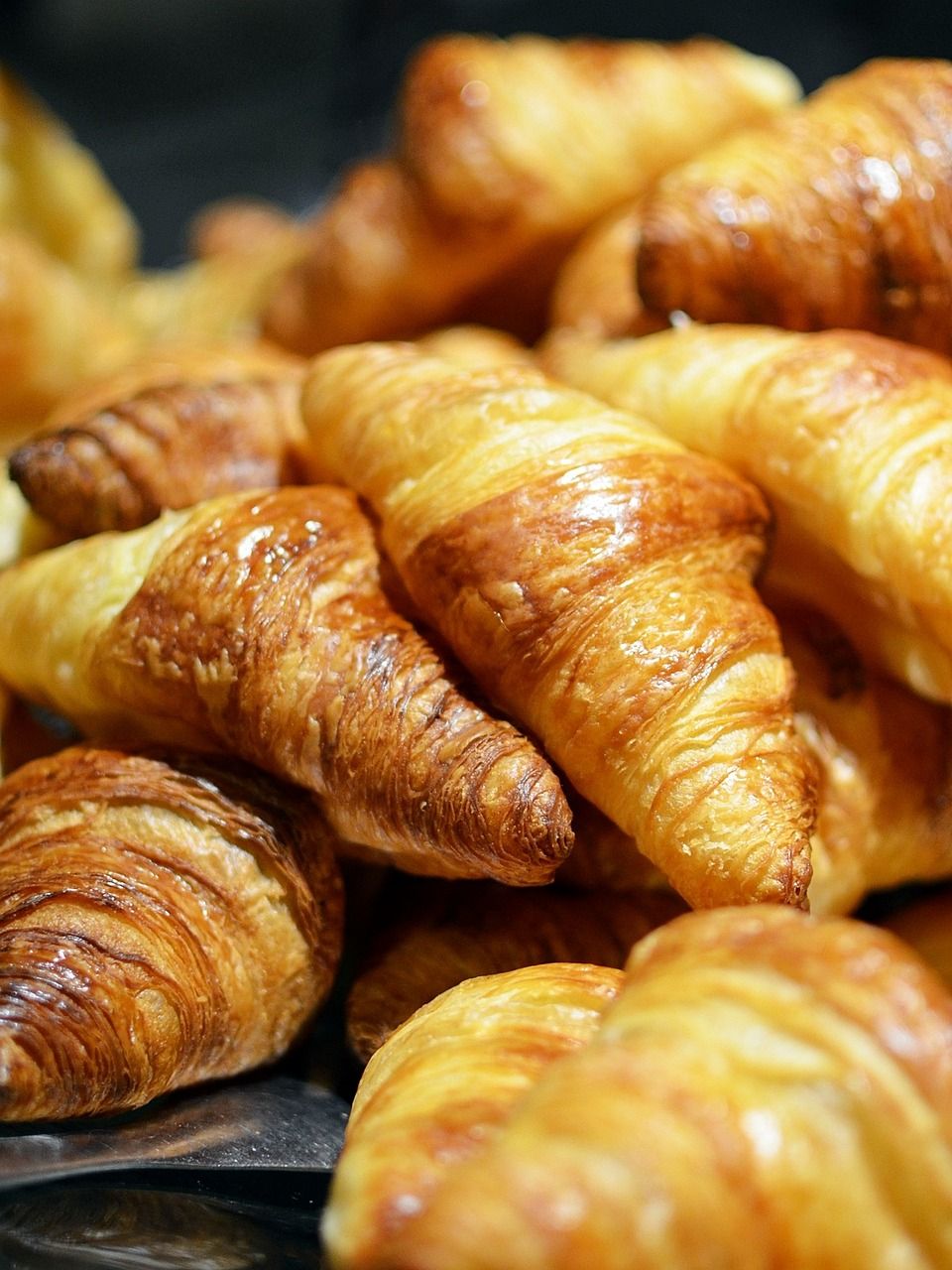Bake Cookies: A Comprehensive Guide to the Sweet Treat
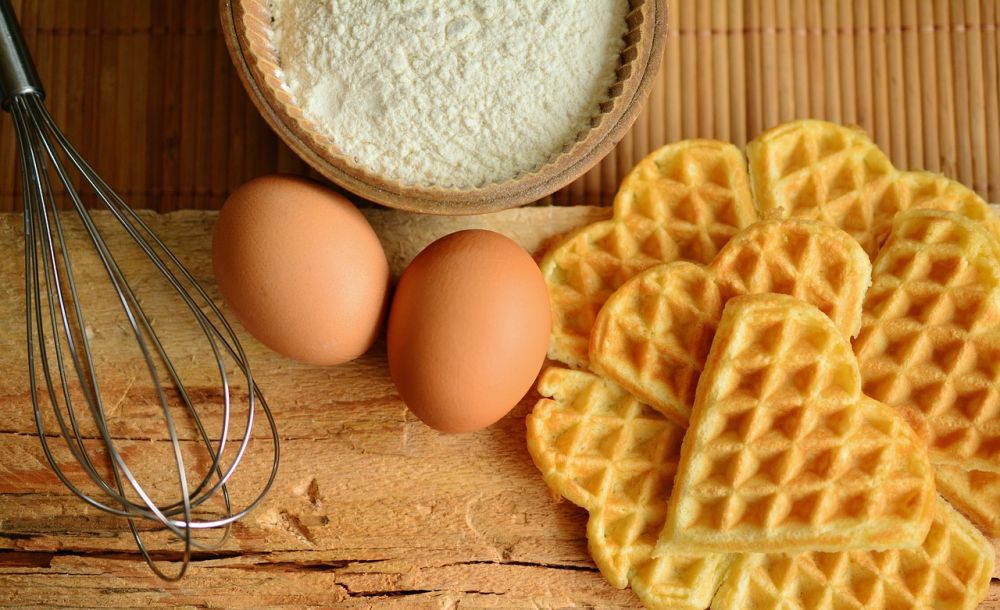
Introduction
Baking cookies is a beloved culinary activity that brings joy to people of all ages. Whether you are a skilled baker or an amateur in the kitchen, the process of baking cookies is both therapeutic and rewarding. In this article, we will explore the world of cookie baking, discussing its various types, popularity, measurements, differences, and a historical overview of the advantages and disadvantages of different baking methods.
I. Understanding Bake Cookies

Bake cookies refers to the process of making small, sweet, and baked treats typically enjoyed as desserts or snacks. It involves combining ingredients such as flour, sugar, eggs, and butter, and baking them in an oven until they are golden brown and deliciously crisp on the edges. Cookies can come in many shapes, sizes, and flavors, offering endless possibilities for customization and personal preferences.
II. Types of Bake Cookies
1. Classic Cookies:
– Chocolate Chip: The all-time favorite, chocolate chip cookies are adored for their gooey texture and the perfect balance of sweet and savory flavors.
– Sugar Cookies: These cookies are versatile and act as the canvas for decorating with colorful icing or sprinkles. They are often shaped into different designs during festive seasons.
– Oatmeal Raisin: Packed with oats and chewy raisins, these cookies offer a hearty and slightly healthier option without compromising on taste.
2. Fancy Cookies:
– Macarons: These delicate French treats have a light and airy texture, with a delightful cream filling sandwiched between two almond-based meringue cookies.
– Shortbread: Known for their crumbly and buttery texture, shortbread cookies are simple yet elegant, perfect for high tea or afternoon indulgence.
– Biscotti: Originating from Italy, biscotti are twice-baked cookies that are crispy and ideal for dipping into coffee or tea.
3. Specialty Cookies:
– Gluten-Free Cookies: Catering to dietary restrictions, these cookies use alternative flours such as almond or coconut flour to provide a gluten-free option for those with sensitivities or preferences.
– Vegan Cookies: Made without any animal products, vegan cookies can use substitutes like applesauce or flaxseeds as binders and coconut oil instead of butter.
III. Quantitative Measurements in Bake Cookies
Achieving the perfect consistency and texture in cookies requires precise measurements and understanding of baking ratios. Quantitative measurements play a crucial role in ensuring that the cookies turn out exactly as desired. Here are some essential measurements in cookie baking:
1. Flour: Measuring flour accurately is vital to prevent dense or dry cookies. Use the spoon-and-level method to avoid compacting the flour in the measuring cup.
2. Sugar: Granulated sugar adds sweetness and aids in spreading and browning of cookies. Brown sugar, with its molasses content, contributes to a chewier texture.
3. Butter: Butter provides richness and flavor to the cookies. It should be softened to room temperature before creaming with the sugar.
4. Eggs: Eggs act as binders and add moisture to the dough. Room temperature eggs mix more evenly into the batter.
IV. Differences in Bake Cookies
The world of bake cookies offers a vast array of choices with differences in texture, flavor profiles, and even baking techniques. Some cookies may be crisp and crunchy, while others are soft and chewy. The differences can be attributed to various factors, such as variations in ingredient proportions, the presence of leavening agents, and usage of different fats.
V. A Historical Overview of the Advantages and Disadvantages of Different Bake Cookies
Throughout history, bakers and home cooks have experimented with different cookie recipes, leading to debates on which methods are superior. Advantages and disadvantages can be seen in various aspects such as taste, texture, ease of preparation, and shelf life. Traditional recipes rooted in cultural heritage often highlight unique methods and ingredients, showcasing the diversity of cookie baking around the world.
Conclusion
Bake cookies are a delightful treat that transcends cultural boundaries and brings people together. From classic chocolate chip cookies to delicate macarons or gluten-free alternatives, there is a cookie for every taste and dietary preference. By understanding the types, measurements, differences, and historical aspects of cookie baking, you can elevate your baking skills and satisfy your sweet cravings. So grab your mixing bowls and spatulas, and let the aroma of freshly baked cookies fill your kitchen.
As featured in Google Snippet: A Comprehensive Guide to Bake Cookies
Treat your taste buds and indulge your sweet tooth with our comprehensive guide to baking cookies. Discover the various types, measurements, differences, and even a historical overview of advantages and disadvantages in cookie baking. Perfect for any occasion or simple enjoyment, baking cookies is a skill that will bring joy and deliciousness to your culinary repertoire. So, read on and get ready to whip up a batch of mouthwatering treats.
